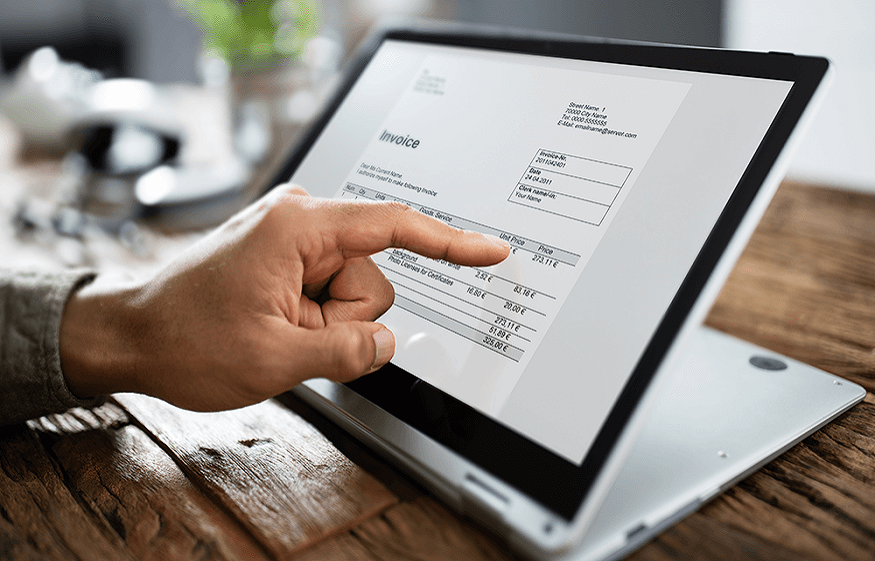Sometimes in your job you need to send out invoices and other business documents. If this is something you struggle with, then this blog post will help you! Learn how an invoice template can make things easier for you.
What are Invoices?
An invoice is a document that is used to keep track of the expenses incurred by a business. It is typically created as an electronic document, but can also be in the form of a physical document. The purpose of an invoice is to ensure accurate and timely billing of customers and suppliers.
There are different types of invoices, including purchase orders, service orders, and repair estimates. Each type has its own specific purposes and requirements.
Invoices can be generated in a variety of formats, including PDF, Word, Excel, and even plain text. They can also be customised to meet the specific needs of your business.
There are a number of ways to create an invoice, but the most common approach is to use an online invoice template. This template will allow you to customiser the layout and format of your invoice. You can also add custom fields to capture important information about your customer or supplier relationships.
If you need help creating an invoice, or if you want to improve your billing process overall, consider using an invoice template.
Why Use an Invoice Template?
Consider the following reasons why you might want to use an invoice template in your business:
- To reduce time spent on invoicing.
- To help keep track of invoice dates and amounts.
- To make it easier to produce accurate invoices.
- To ensure that all invoices are consistent with one another.
- To speed up the process of billing clients.
How to Make Your Own Invoice Template
Making invoices can be a hassle, but with the right template it can be a breeze. Whether you’re a small business or an individual entrepreneur, using an invoice template can save you time and make your business life easier. Here are four tips for creating your own invoice template:
- Choose a style that works for you. There are many different invoice templates available online, so find one that is perfect for your business. Some popular styles include traditional, functional, and creative.
- Create a layout that is easy to read and use. Make sure all your information is easy to find and organised in one place. Try to keep the layout simple so you don’t spend too much time trying to figure out how to use the document.
- Include contact information on your invoice form. Include your company name, mailing address, and email address on the front of your invoice form so customers know where to reach you if they have any questions or issues.
- Add graphics and logos to spice up your invoice template. If you have a logo or graphics that you want to include on your invoice, you can easily do so by copying and pasting them into the document.
- Keep it brief and clear. Be sure to keep your invoice form short and to the point so it’s easy for customers to read and understand.
- Make sure you have a printer friendly version of your invoice template if you want to send a hard copy back to customers along with their purchase order or other payment information.
What’s Included in an Invoice Template
An invoice template is a great way to keep your business life simpler. When you use an invoice template, you can save time by automating the process of creating and sending invoices. In this article, we’ll discuss what’s included in an invoice template and how to use it to your advantage.
More Tips for Using a Template
A template can help you streamline your business life and make it easier to keep track of invoices and payments. There are a few things to keep in mind when using a template, however.
First, make sure the template is designed for your specific business needs. You don’t want to use a general template that’s applicable to many businesses, but instead tailor it specifically for your own company.
Second, be sure to customise the template as you go. If you’re using a template that’s already created, be sure to edit the text and design so that it looks like your business. You don’t want to duplicate work that’s already been done.
Finally, be sure to follow the instructions provided with the template. Make sure you understand what needs to be included in each section and how it should be formatted. If you need help setting up the template or editing it, ask an expert. A good Template can help make your business life easier!




